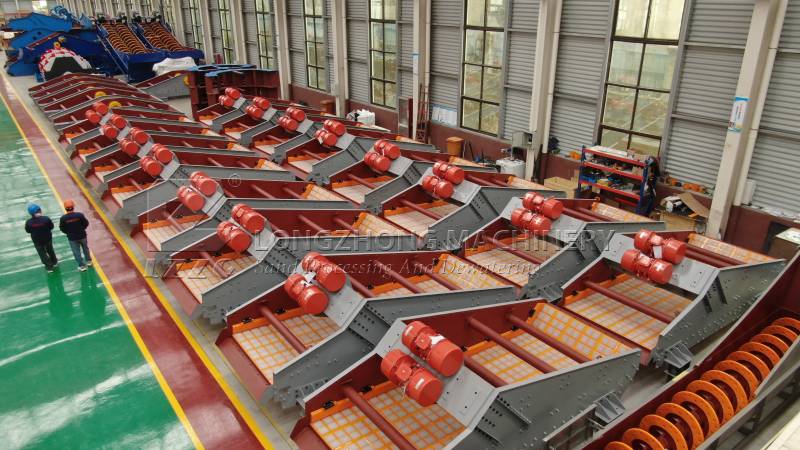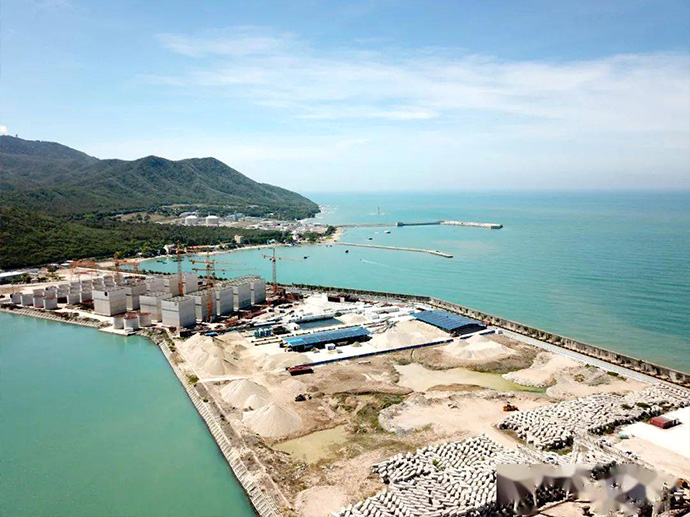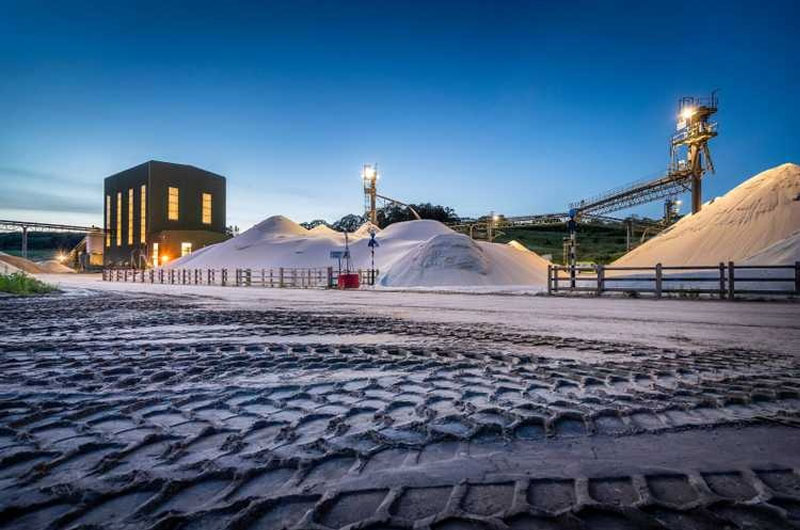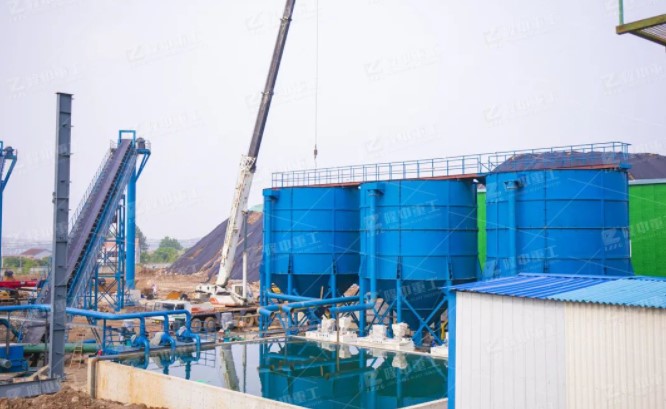Comparative analysis of piling mud treatment process
 February.15,2019
February.15,2019
Piling muddy water is a suspension liquid containing a certain amount of fine mud particles in water, which has a certain viscosity and is difficult to stratify when left standing for a long time. The used piling mud water is difficult to recycle again. Because it contains a lot of impurities such as gravel and mud, it needs to be treated before discharge or recycling. In recent years, the commonly used piling mud treatment method is used. The tank truck transports the on-site mud water to the suburbs for natural drying. This method is not only quite troublesome but also costly, so is there any other piling mud treatment process? Mud treatment equipment manufacturers will give you a comparative analysis of various piling mud treatment processes.
If the piling mud is not handled properly, it will cause serious environmental pollution, affect water quality and damage municipal facilities. In the early stage when the mud treatment technology was still not perfect, the main treatment method of the pile mud was to dry it naturally by landfill, but as time progressed, this original method was far from meeting the growing mud treatment. demand. As the country pays more and more attention to the protection of the environment, it puts forward higher requirements for the treatment of muddy sewage. How to effectively treat the mud has become a difficult problem in engineering construction. In recent years, on the basis of the original mud dehydration and drying treatment, the processes of pressure filter mud dewatering, vacuum suction filter mud dewatering, and centrifugal mud dewatering have been developed.
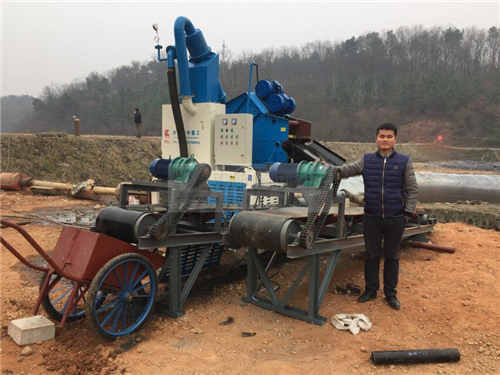
Below, the mud processing equipment manufacturer Luoyang Longzhong Heavy Industry – LZZG will analyze the advantages and disadvantages of these kinds of piling mud treatment processes.
1. Pressurized mud dewatering. The effect of pressure filtration mud dewatering is acceptable, but its processing capacity is small, low efficiency, high labor cost, and easy to block the filter cloth. In use, it is necessary to frequently replace expensive filter cloth and filter plate, which will affect production and increase. Operating costs.
2. Vacuum suction filter mud dehydration. This method has poor mud dewatering effect because the mud settles in the lower layer. When vacuum is extracted, the mud layer becomes denser, the water is difficult to pump out, and the filter plate is easily blocked, so that the suction filtration loses efficiency.
3. Centrifugal mud dewatering. The treatment effect of this method is better than the above two methods, because the decanter centrifuge does not have a strainer or a filter plate and does not cause clogging. The centrifuge is closed automatically and continuously, the mud is dry, the automatic control is convenient, the maintenance period is long, the cost is low, and the processing volume is larger, but the energy consumption is higher, and the consumption in energy consumption is also increased. Operating costs.
The mud processing equipment manufacturer LZZG has many years of R&D experience in the field of mud dewatering. We have absorbed the international advanced technology experience and developed the piling mud processing equipment, which not only passes the test of extremely harsh operating environment, but also has good mud purification effect, and the waste slurry can be recycled. Use and other features. After separation by the piling mud treatment equipment, the sludge contains <3% of mud, which can ensure the use of mud for clearing, pouring and retaining walls under various construction conditions. The sand has a water content of <15% and can be sold directly to achieve profitability.


